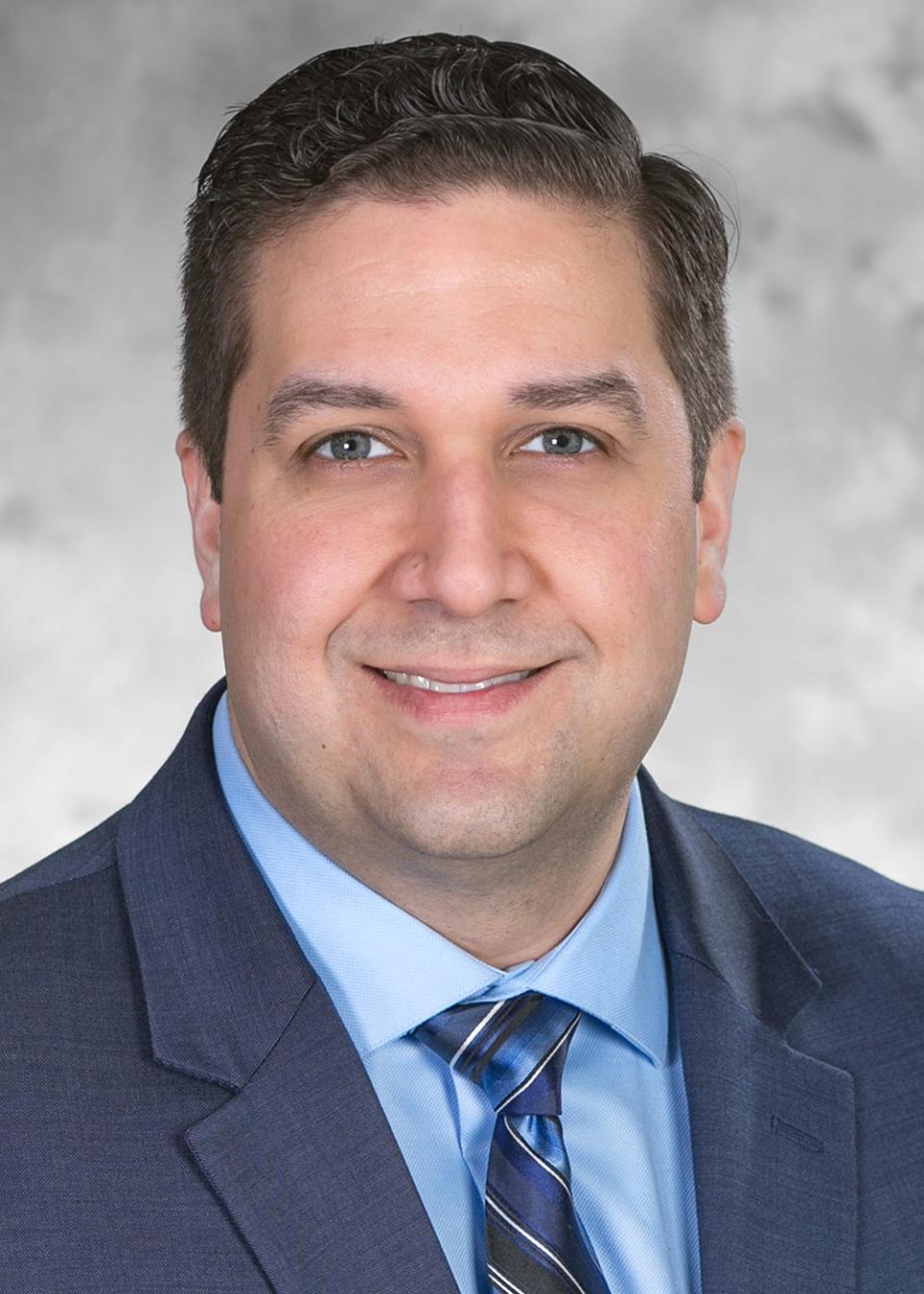When it comes to stroke, time and treatment are key
Each year, nearly 800,000 people suffer a stroke in the United States. That’s about one stroke every 40 seconds. A stroke occurs whenever an area of the brain loses its blood supply for more than a few minutes, leading to permanent brain damage.
Stroke causes and symptoms
The most common cause of stroke is cerebrovascular disease, where soft plaques of cholesterol and hard calcifications accumulate inside arteries, restricting blood flow and oxygen to the brain. The narrower an artery, and especially if it becomes completely blocked, the greater the chance it will lead to a stroke.

The biggest risk factor for stroke, other than tobacco smoking, is having “metabolic syndrome” -- a combination of three or more of the following health conditions: high blood pressure, pre-diabetes or diabetes, a bad cholesterol profile, and a large waist circumference. Metabolic syndrome is most often seen in inactive individuals with poor diets.
Reducing the risk
The average age for stroke is getting younger and younger every year, meaning stroke is no longer exclusively a disease of older people. The American Heart Association/American Stroke Association estimates that 80% of strokes are preventable through lifestyle behaviors such as:
· Don’t smoke tobacco or seek help to quit smoking
· Avoid abusing alcohol and drugs
· Maintain a healthy weight
· Exercise regularly
· Get an adequate amount of sleep
Responding to a stroke
If preventative measures are not enough, and someone suddenly has a stroke, it’s essential to both recognize that a stroke is happening, and to get them evaluated at the local stroke center quickly. Use the acronym FAST to remember the symptoms to look for and what to do:
F – Face – drooping on one side of the face
A – Arms – weakness or numbness in one arm
S – Speech – slurred speech
T – Time – don’t waste time, call 9-1-1 right away
Do not ignore these signs, even if they go away, because the risk of a second stroke is still high and it can be much worse than the first stroke. The faster a patient is treated, the more likely they are to recover without permanent disability.
Recovering after a stroke
It is truly a team of medical professionals who help stroke patients recover. Often recovery begins with rehabilitation in the hospital immediately following a stroke. The Vanderbilt Rehabilitation Center at Newport Hospital offers extensive inpatient rehab services for stroke patients, and a multidisciplinary team consisting of physiatrists, physical therapists, occupational therapists, speech language pathologists, and nurses. Throughout the rehabilitation process, the goal of our team is to ensure each patient receives the services they need at the right time to improve their quality of life.
Newport Hospital has been certified by The Joint Commission as a Primary Stroke Center, meaning it meets rigorous national standards in caring for stroke patients. The hospital has received the American Heart Association’s Get With The Guidelines-Stroke GOLD PLUS Quality Achievement Award for demonstrating commitment to improving quality care for patients and reducing barriers to prompt treatment for cardiovascular events.
Learn more about Newport Hospital’s Primary Stroke Center and physiatry and rehabilitation services at www.newporthospital.org. Newport Hospital offers virtual stroke support groups via Zoom for stroke patients and their families. Call Nakeesha Brown at 401-444-8237 or email nbrown1@lifespan.org to learn more.
Preston Douglas, M.D., is a board-certified neurologist and neurophysiologist with Newport Neurology. Patricia Wolfe is vice president of Lifespan Rehabilitation Services.
Newport Hospital provides this monthly column for The Daily News. Health Matters appears monthly on newportri.com and in The Daily News.
This article originally appeared on Newport Daily News: Signs of a stroke and how to respond, recover

